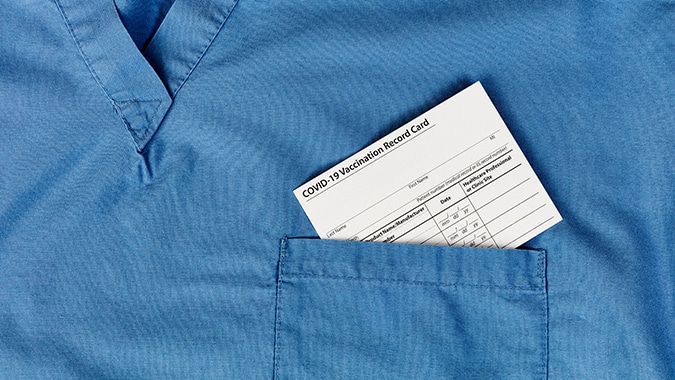The time between when an agreement on the interim funding bill was announced and when it passed the Senate was a matter of hours yesterday, and official information about what was in it was hard to come by. The House of Representatives will apparently vote on the bill Thursday, and President Donald Trump is expected to sign it quickly.
Now that the dust has settled, the actual spending provisions of the bill are a little clearer.
Overall, the bill includes $480 billion in new spending, with the bulk of it going to re-capitalize the Paycheck Protection Program (PPP) for small businesses. Here is a break down:
- $310 billion for PPP loans
- $30 billion dedicated to banks and credit unions with between $10 billion and $50 billion in assets
- $30 billion dedicated to institutions with under $10 billion in assets
- $10 billion for PPP administrative expenses
- $50 billion for additional disaster loans (Economic Injury Disaster Loans or EIDL)
- $10 billion in forgivable EIDL advances of $10,000 per applicant
- $75 billion in aid to hospitals (Public Health and Social Services Emergency Fund)
- $25 billion for coronavirus tests, with $11 billion dedicated to state and local governments.
NJBIA Vice President Ray Cantor said NJBIA is thankful leaders in Washington were able to come to an agreement because the funding would help thousands of New Jersey businesses that missed out on the first round.
Nevertheless, the bill did not make any changes to how the program operates, leaving a number of questions and concerns unaddressed.
“Some people wanted to extend the (existing) eight-week period or start it at a different point because the loan forgiveness only counts if you’re making payroll costs, and a lot of people are still home and businesses are still closed,” Cantor said. “But none of that was changed.”
The PPP program was created as part of the Coronavirus Aid, Relief and Economic Security (CARES) Act on March 27 and effectively ran out of money on April 16 with roughly a million applications still in the pipeline. According to the Small Business Administration (SBA), which oversees the program, more than 1.6 million applications were approved representing $342 billion in low-interest loans for businesses.
The program is designed to help businesses continue to pay employees. If the bulk of the loan is used for payroll and businesses meet other conditions, all or part of the loan can be forgiven.
